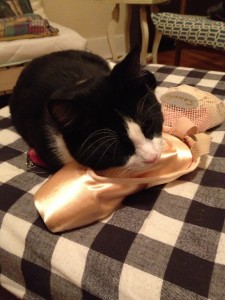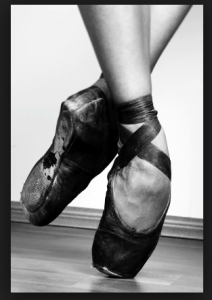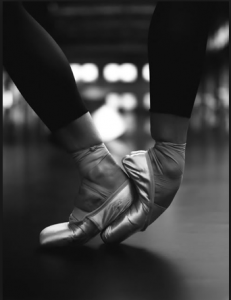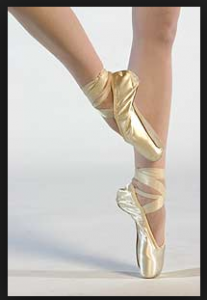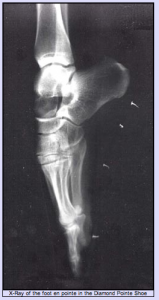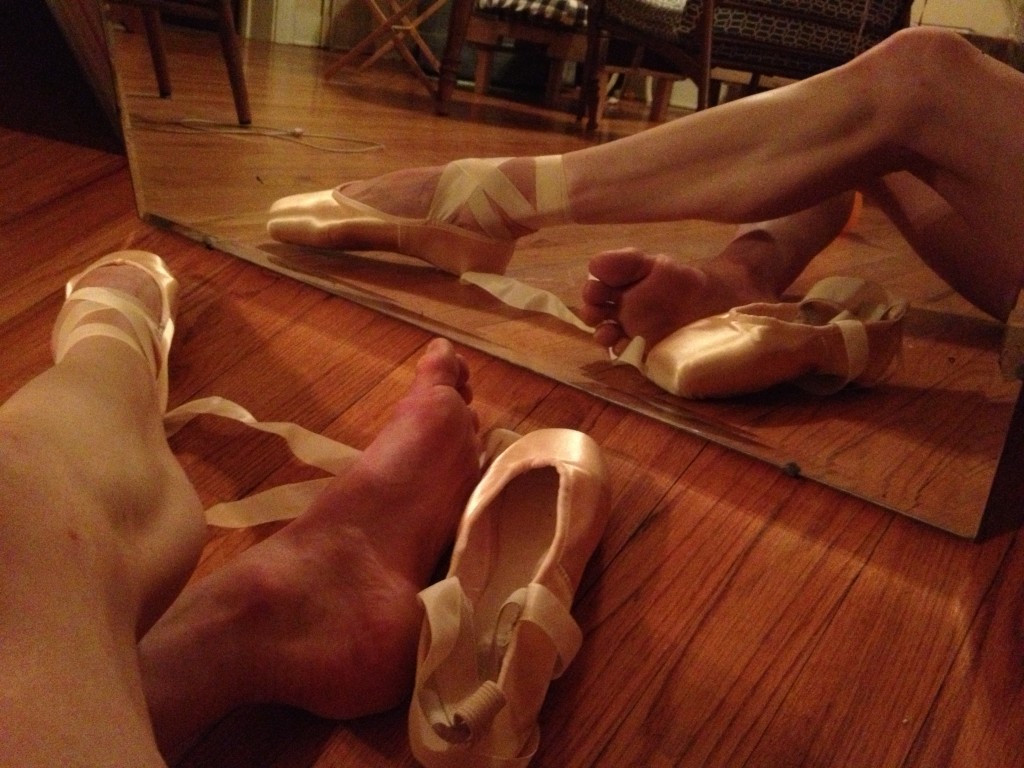by Emily Kate Long
 You stand on a dimly lit stage. The murmur of the audience on the other side of the curtain swells and then settles. The music starts, the curtain rises, the lights go up…and suddenly you feel completely disoriented, like you’re on a different planet. You’re blinded from the sides by brightly colored light. In front of you, the darkness seems endless. Where are the walls? How far away is the floor? Are you even standing straight? How are you supposed to dance when you can’t tell which way is up?
You stand on a dimly lit stage. The murmur of the audience on the other side of the curtain swells and then settles. The music starts, the curtain rises, the lights go up…and suddenly you feel completely disoriented, like you’re on a different planet. You’re blinded from the sides by brightly colored light. In front of you, the darkness seems endless. Where are the walls? How far away is the floor? Are you even standing straight? How are you supposed to dance when you can’t tell which way is up?
No dancer wants to be caught in such circumstances. If this scenario is familiar to you, your balance organs and proprioceptive sense may need a tune-up. For this installment of Finding Balance, I’m going literal and taking a look at the relationship of balance, proprioception, and alignment onstage and in the studio.
In her book Dance Mind and Body, Sandra Cerny Minton defines balance as “a body feeling of being poised or in a state of equilbrium. If you are balanced, you are centered and will not fall by giving in to the force of gravity.” The International Association of Dance Medicine and Science (IADMS) tells us that proprioception is the physical sense or feeling of your moving body. Sometimes it’s nicknamed the “sixth sense.” In a very simple way, you could think of balance as the feeling of the still self, and proprioception as the feeling of the moving self.
In the scientific sense, balance happens when an object’s center of gravity is placed over its base of support. A larger support base and lower center of gravity equal more effortless balance. To illustrate, think of the ease of balancing barefoot in a second-position grand plie with the hands on the hips and eyes looking straight ahead—wide base and low, compact center. Now contrast that with a balance on pointe in a back attitude with asymmetrical arms and a turned and inclined head—small base, high center, plus a lot of extended limbs to complicate things.
Another concept to consider in the discussion of balance is alignment. Correct static alignment is the stance featuring left-right symmetry in the body from a front or back view, with a vertical line passing through the earlobe, shoulder joint, trochanter head, kneecap, and the front of the ankle joint from a side view. Dynamic alignment refers to the body’s parts relating to one another in a balanced way when the body is in motion. Good alignment is inherently balanced. Essentially, it’s good biomechanics. You could say that proprioception is the feeling of one’s dynamic alignment. (Interestingly, these two alignment terns are also commonly used in mechanical engineering. I love the paradox that we can only appear to transcend the laws of physics by adhering to them!)
One last idea we’ll look at is centeredness, both as a physical feeling and a mental image. Centering is equally physical and psychological, according to Minton. Bodies have a center of gravity (located in the pelvis) and a center of balance (the solar plexus) and the relationship of these two physical centers affects balance. Minton’s defnintion of psychological center is roughly akin to the IADMS definition of proproiception: a mental awareness of what the body is doing as it moves. The key difference is the confidence aspect of being mentally centered. Minton notes that “skill in balancing is tied to the less concrete concept of body awareness and the psychological aspects of center…Body awareness involves having an accurate sense of where you are moving in space and what parts of your body are moving.” [Read more…]











